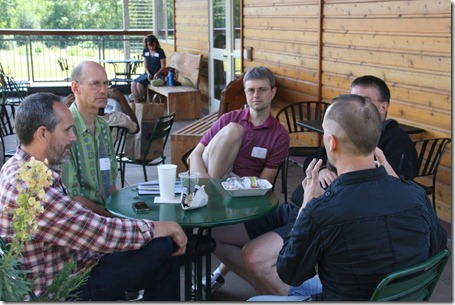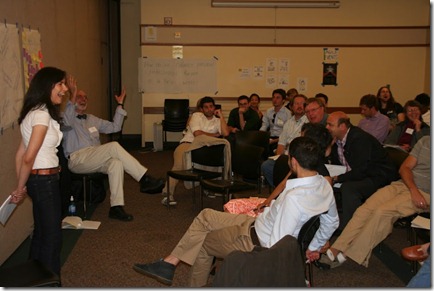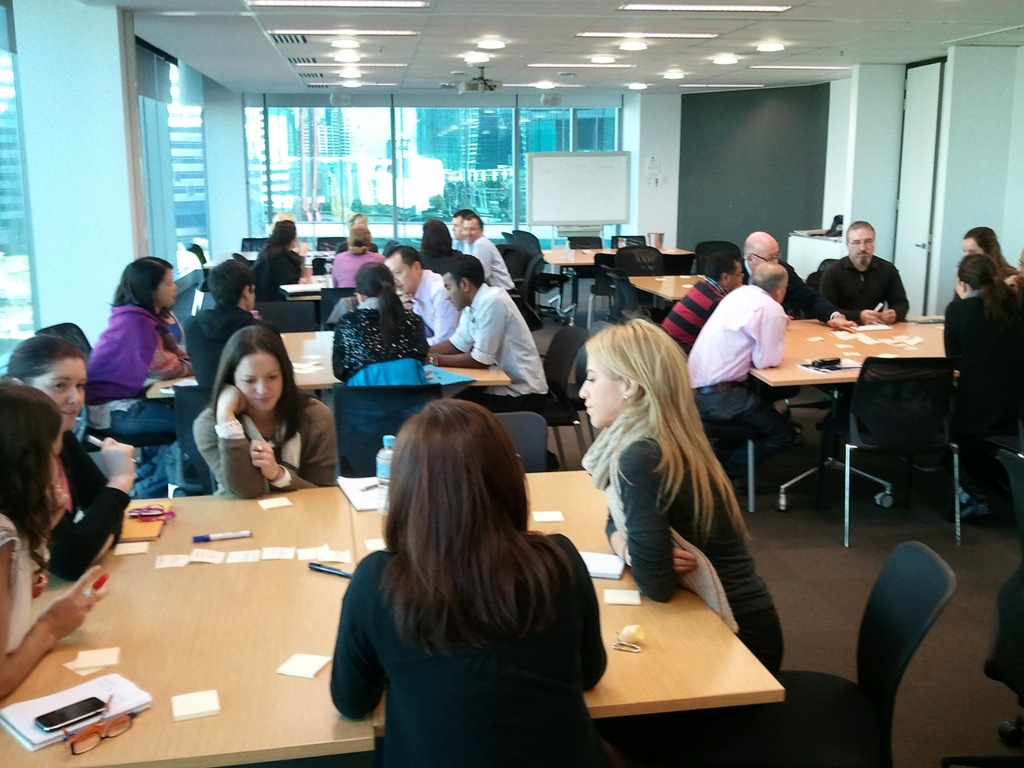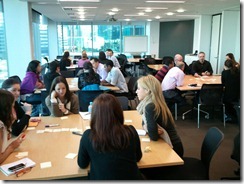 This year’s Seattle Kaizen Camp was awesome.
This year’s Seattle Kaizen Camp was awesome.
I loved the range and diversity of the attendees, with people from health care, education, government, software development, and a host of other occupations. We had attendees from college students to C-Level management. We were once again very close to gender parity. And we had people from across the US, as well as Europe and Asia.
All this to discuss our experiences with continuous improvement, Personal Kanban, and lean.
The weather co-operated, so most of our 75+ sessions were held outdoors in the beautiful Seattle summer. Just warm enough to be comfortable.
- Kanban at Home
- Failing Well
- Lean Contracts
- The Cynefin Framework
- Accelerating Innovation
- Metaphors to Convince Others of Lean Principles
- Resilience with Kanban
- Extreme Self-Organization
- Personal Kanban Experiences
and more .. about 70 more.
What was most important for Tonianne and me as organizers was the speed at which people created topics and the depth of conversations.
All the topics and conversations were conceived of, led, and participated in by the attendees themselves. There were no official speakers, no lengthy powerpoint presentations, no middle-of-the-day sugar crashes in dark rooms. Kaizen Camp: Seattle was people practicing Lean, Personal Kanban, and Continuous Improvement talking about what they did and how they did it.
We are looking forward to Seattle’s event next year, but in the interim we have several planning across the US.
Coming up later this year (announcements for each will be made soon):
- Kaizen Camp: Boulder
- Kaizen Camp: SoCal
- Kaizen Camp: NYC
Please come to one near you!
Several of the Photos and notes have been posted here.





